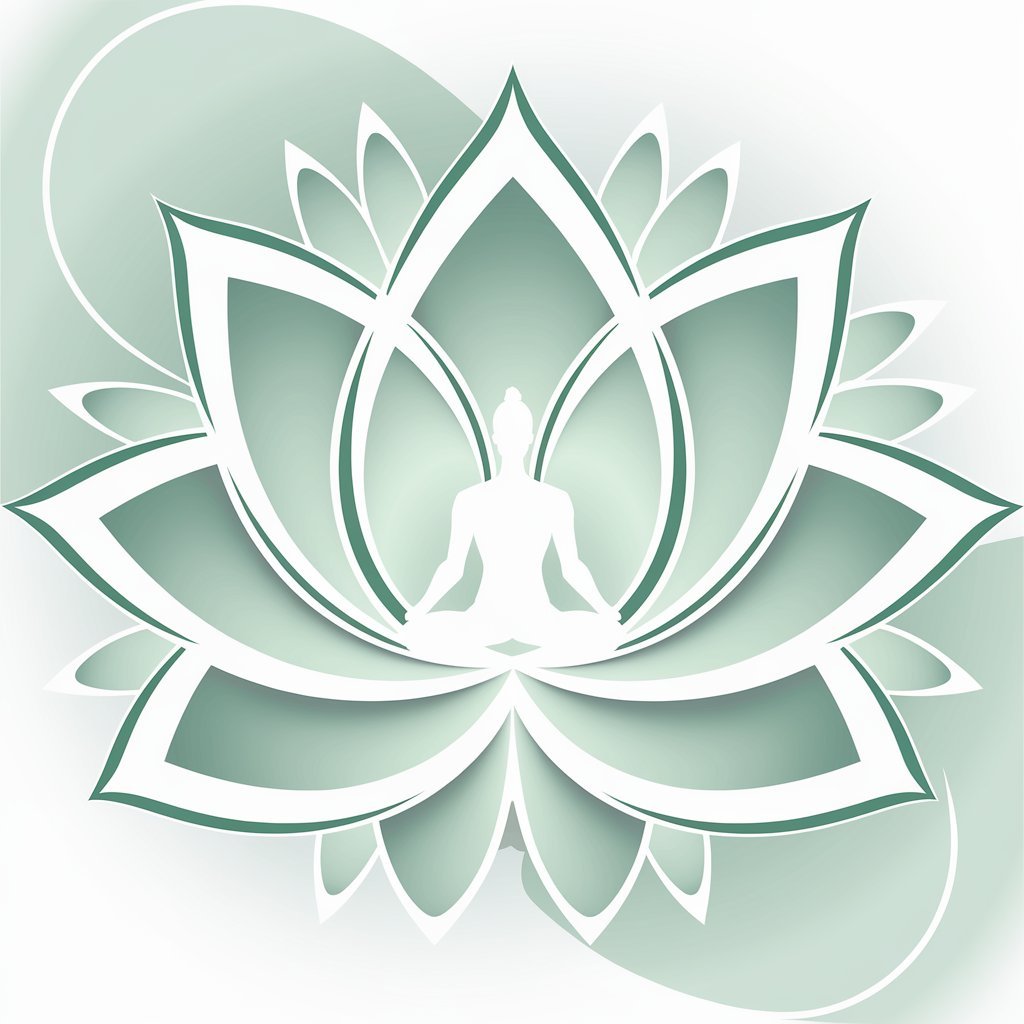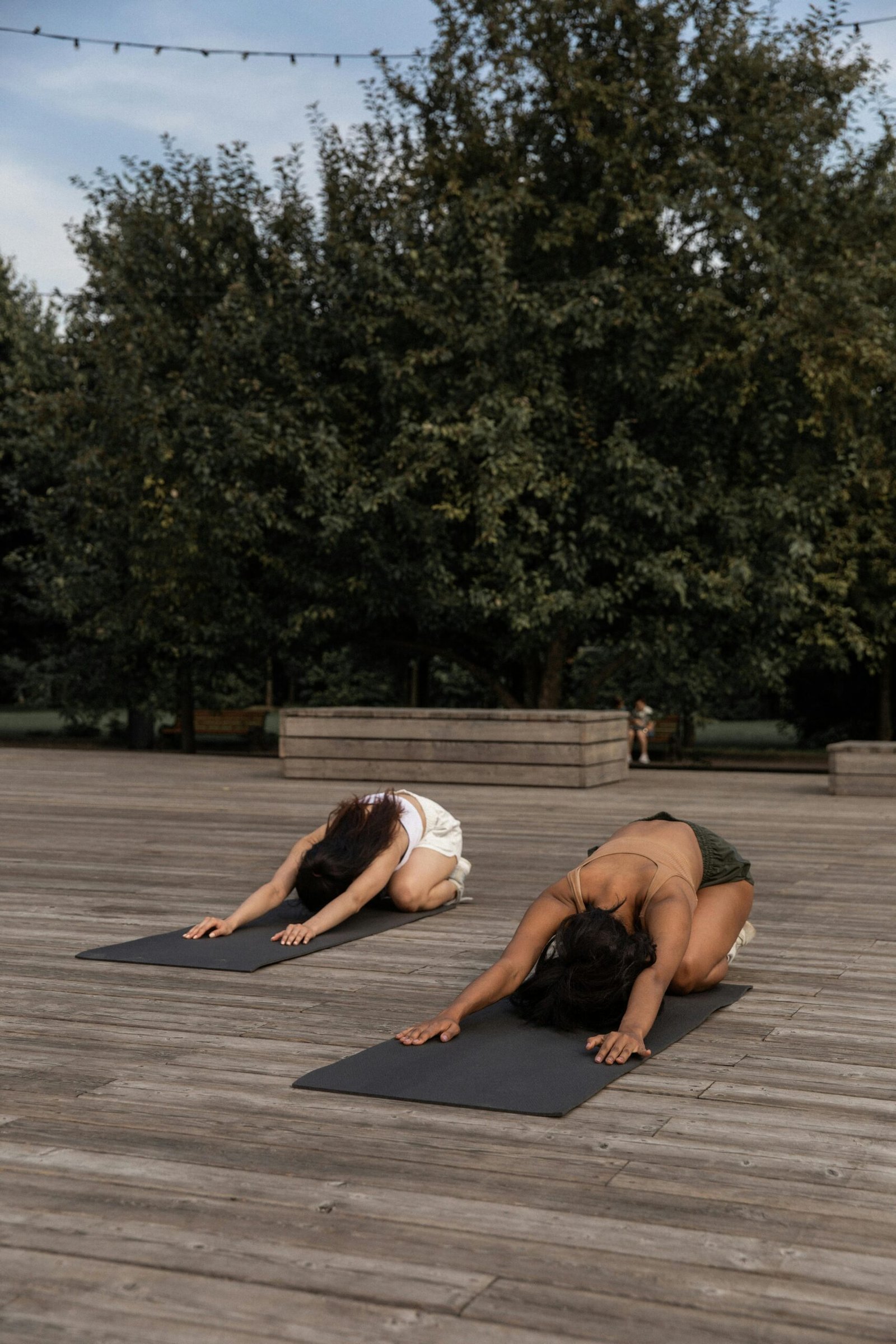In our fast-paced world, finding moments of peace and tranquility can feel like a rare treasure. That’s where slow flow yoga comes in—a soothing practice that combines gentle movements with mindful breathing, offering a beautiful introduction to the world of yoga for beginners. If you’re new to yoga or looking for a practice that encourages calm and self-care, slow flow yoga might be just the inspiration you need.
What is Slow Flow Yoga?
Slow flow yoga is a style of yoga that focuses on moving through poses at a relaxed, deliberate pace. Unlike traditional vinyasa yoga, where poses are often linked together in a quicker, more dynamic sequence, slow flow takes its time. Each movement is synchronized with the breath, allowing you to fully experience each pose and the sensations it brings.
This practice is perfect for those looking to develop a deeper connection with their body, improve flexibility, and build strength gradually. It’s also an excellent way to cultivate mindfulness, as the slower pace encourages you to stay present and fully engaged with each movement.
How Slow Flow Yoga Relates to Vinyasa Yoga
While slow flow yoga and vinyasa yoga share the same foundation—both involve a series of yoga poses linked together by the breath—their approach differs. In vinyasa, the flow is typically faster, creating a dynamic, almost dance-like sequence. This makes vinyasa yoga a more vigorous workout, often raising the heart rate and building heat in the body.
Slow flow yoga, on the other hand, takes the principles of vinyasa but slows them down. The movements are gentle and measured, allowing you to explore each pose with intention. This makes it a wonderful option for those new to yoga or anyone looking to deepen their practice with a focus on yoga meditation and mindful breathing.
How to Do a Slow Flow Sequence: A Step-by-Step Guide
Ready to experience the calm of slow flow yoga? Below is a simple yoga flow sequence designed especially for beginners. Take your time with each pose, focusing on your breath and the gentle movement of your body.
1. Child’s Pose (Balasana)
Begin your practice in Child’s Pose. Kneel on the mat, bring your big toes together, and sit back on your heels. Extend your arms forward, resting your forehead on the mat. Take deep, calming breaths, allowing your body to relax completely. This pose is a beautiful way to center yourself before beginning your morning yoga flow.
2. Cat-Cow Pose (Marjaryasana-Bitilasana)
Slowly rise to all fours for Cat-Cow Pose. As you inhale, arch your back and lift your head and tailbone toward the ceiling (Cow Pose). On the exhale, round your spine, tucking your chin to your chest (Cat Pose). Repeat this gentle flow several times, syncing your movements with your breath. This sequence warms up the spine and creates a sense of fluidity in your practice.
3. Downward Facing Dog (Adho Mukha Svanasana)
From all fours, tuck your toes under and slowly lift your hips toward the sky, coming into Downward Facing Dog. Keep your knees slightly bent if needed, and focus on lengthening your spine. Breathe deeply as you feel the stretch in your hamstrings and calves. This pose is a cornerstone of many yoga flows and provides a gentle inversion that helps calm the mind.
4. Forward Fold (Uttanasana)
Walk your hands toward your feet and slowly rise into a Forward Fold. Let your head hang heavy, and soften your knees to protect your lower back. Feel the release in your hamstrings and lower back. Forward Fold is a great pose for relieving tension and grounding yourself during your practice.
5. Mountain Pose (Tadasana)
With a deep inhale, slowly roll up to stand in Mountain Pose. Stand tall with your feet together or hip-width apart, arms by your sides. Imagine roots growing from your feet, grounding you to the earth. This pose is the essence of stability and strength, a moment to connect with your breath and set an intention for your practice.
6. Warrior II (Virabhadrasana II)
Step your left foot back and bend your right knee, coming into Warrior II. Extend your arms out to the sides, gaze over your right fingertips. Breathe deeply, feeling the strength in your legs and the expansion in your chest. This powerful pose builds strength and confidence, embodying the spirit of yoga self-care.
7. Triangle Pose (Trikonasana)
From Warrior II, straighten your front leg and reach your right hand forward, then down to your shin or a block, coming into Triangle Pose. Your left arm reaches toward the sky. Focus on elongating your spine and opening your chest. This pose provides a deep stretch for the legs and promotes balance and stability.
8. Seated Forward Bend (Paschimottanasana)
Come to a seated position with your legs extended in front of you. Inhale to lengthen your spine, then exhale as you fold forward from the hips, reaching for your feet or shins. This soothing stretch is perfect for calming the mind and releasing tension in the body.
9. Corpse Pose (Savasana)
End your practice with the ultimate pose of relaxation, Corpse Pose. Lie flat on your back, arms by your sides, palms facing up. Close your eyes and take several deep, relaxing breaths. Allow your body to melt into the mat, letting go of any remaining tension. Savasana is a time for reflection, where you can absorb the benefits of your practice.
Conclusion
Whether you’re beginning your yoga journey or looking to deepen your practice, slow flow yoga offers a peaceful, accessible path. It’s a practice that not only builds strength and flexibility but also nurtures the mind and spirit. As you move through these yoga poses for, remember that each breath, each movement is an act of self-care and love.
Allow this practice to inspire you to take time for yourself, to move with intention, and to embrace the calm that lies within. The beauty of slow flow yoga is in its simplicity and grace—a gentle reminder that sometimes, slowing down is the most powerful thing we can do.
By integrating this yoga flow into your routine, you’ll find yourself more grounded, centered, and connected to your inner peace. Whether it’s part of your morning yoga flow or a moment of relaxation at the end of the day, let this practice be your guide to a calmer, more mindful life.




I’d love to hear what you think of this article or hear about any experiences you’d like to share. Please leave a comment!